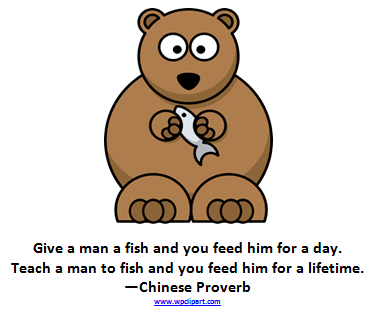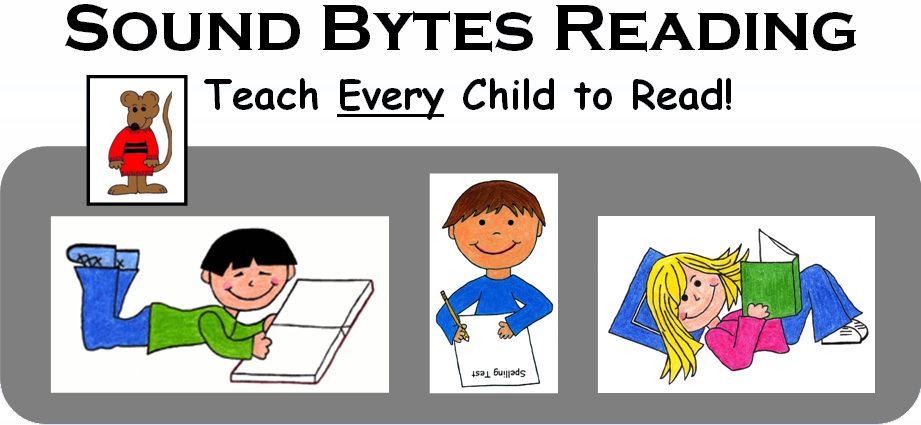Does It Matter How We Teach Kids To Read? — Part 3

We have previously talked about why the whole word method of learning to read creates problems for many students. Why is it important to learn phonetic decoding? What are the advantages of learning to read phonetically? Does it have to be difficult to learn phonics? Do kids learn to read faster if they learn to read whole words first?
When students learn to read by decoding words phonetically rather than by learning each whole word as a unit, they learn the sound or sounds for each letter or letter combination. At the very beginning of reading instruction, phonetic decoding may take a little longer than whole word reading—but in the end, will the students be stronger, more competent, and more independent readers?
Why does whole word reading create reading problems? As we saw in the previous blog, many words look very similar to other words. In fact, many words have only one or two letters that make them different from other words, or the order of the letters may change. (Example: friend, fiend, fried, fired.) This makes it critical for a reader to pay attention to every letter in a given word, and in the correct left-to-right sequence to be able to read accurately.
Initially, beginning readers who read whole words will usually be able to read more difficult words sooner because the more difficult words may have unique shapes—at least until they have to read many words. (Compare the words from an early children’s story: Cinderella, slipper, and glass, to these words: umbrella, sloppier, gloss.) Over time, the whole word reading advantage is lost because students must learn to read many words that look very similar. Whole word readers must frequently re-read passages and use context to figure out words and make sense of what they are reading.
Most reading programs require a student to memorize the names of the 26 letters of the alphabet. Phonetic reading programs usually require students to learn the sounds of all 21 consonants and the five short vowel sounds before beginning to read. This works well for many students. Some programs require memorizing all 70 sound patterns before the student is allowed to read stories. However, when a child is struggling with reading, he or she may no longer be cooperative with this approach (memorizing many sounds first) because of the discouragement of having failed.
Now I am going to put in a blatant plug for my reading program, so you can skip the next paragraph if you really don’t want to read it. But if your child is struggling with reading, or you want to teach a beginning reader, I would encourage you to keep on reading.
Sound Bytes Reading takes a unique approach to teaching reading. Students only need to learn the sounds of four consonants and one vowel to be able to decode and read all of the words in the first story. The next day, they will learn a new consonant sound and read a new story. Soon they will have learned all of the sounds and they will also have had a lot of practice reading many stories. Granted, the stories at the beginning level are very simple and very easy to read—and that is the reason why struggling readers are so successful with this program. When struggling readers have had difficulty learning to read, they need to have success from the very beginning if they are to be motivated to continue to try. And they are successful from the very first day! There is no other program like this on the market today.
This takes us back to the discussion of just how quickly students will learn to read if they learn to read phonetically instead of learning to read whole words. When students only need to remember a few letter-sounds at a time, they will learn to read very quickly. In addition, they will retain the material better because we have not asked them to memorize too many things at one time and—because they know how to decode words, they will not have difficulty reading words they may have forgotten. They simply sound them out and go on reading. It is a simple and joyful and effective way to learn to read.
Students will learn to read quickly with an effective phonics reading program that is appropriately paced and they will not forget what they have learned as they move into more difficult material. After just a few weeks, they will also have the tools to read many words that they have not seen before without asking for help. This does not happen when students learn to read whole words. Those students must learn and memorize each individual word separately, thousands of words, one at a time.
Next time we will talk about the limitations of memory and how that affects students who are learning to read.
